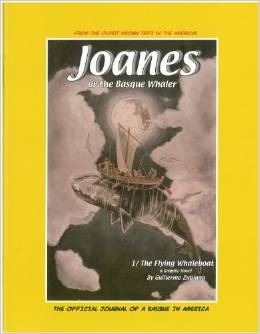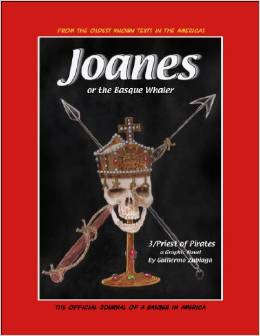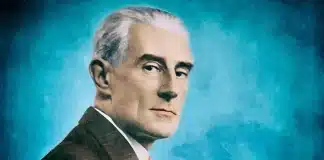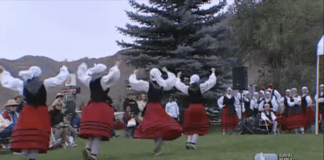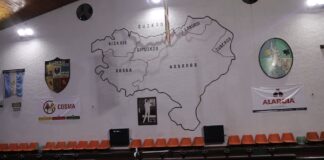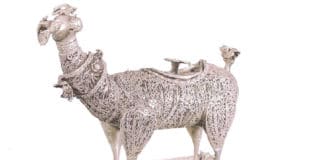¡¡¡Atención!!!
Comprando en Amazon a través de este enlace, nos ayudas (sólo en amazon.es)
En esta página iremos colocando, a modo de recordatorio, los libros que vayamos recomendando en nuestra web
Peticiones de los lectores del blog
Historia de Euskal Herria
Libros recomendados
Joanes or the Basque Whaler
La trilogía de cómics de que narran las aventuras de un marino vasco (en inglés)
Un click en las imágenes de cada entrega, les llevara a la pagina de compra en Amazon USA, para descargarlos en formato de libro electrónico
The Flying Whale Boat (Joanes, or the Basque Whaler, Volume I)
The Flying whaleboat is a graphic novel set in the golden age of Basque Whaling. This is the first volume of a fictional epic tale scattered with Basque mythological references. Joanes, the protagonist, was inspired by the real-life whaler Joanes de Etxaniz from Orio, Gipuzkoa who died in Canada in 1584. This comic book combines history, myth, and fantasy and reflects the author’s intention of entertaining while educating his readers about an emblematic occupation of the historic Basques. Zubiaga views Basque whaling as an epic equal to that of American cowboys, Norwegian Vikings, or Japanese Samurais.
Whale Island (Joanes, or the Basque Whaler, Volume II)
The core of the legendary and mythological beliefs of the Basques is made up of various genies or divinities that adopt the forms and shapes of animals.» –J. M. Barandiaran This installment of the Joanes trilogy finds the captain and crew of the intrepid flying whaleboat venturing even farther afield in search of the legendary whales. Their search brings them to the shores of the New World in this second volume of the Joanes trilogy. «Following on with the idea of Joanes as an anti-hero, his fame and fortune grows along with his notoriety as a blasphemous and impious drunk. This defect will ultimately become his demise, something quite real, human and flawed, characteristically lacking in most heroes. «This second volume represents a turning point in the narrative: its climactic point of highest tension is provided before the solution or conclusion.»
Priest of Pirates (Joanes, or the Basque Whaler, Volume III)
The final book in the «Joanes or the Basque Whaler» trilogy! The Church was an important patron of commercial whaling, and had great economic links with the industry. The first testimony referring to the Basque whaling industry goes back to the year 670 A.D. when Basques from Labourd shipped 40 barrels of whale oil for lighting to the Abby of Jumieges, on the banks of the river Seine, France. Later in 875 A.D. another reference to Basque whaling was Made in the Translations and miracles of Saint Waast. The church of Santa Maria de Lekeitio, built in the XVIth century, is a noteworthy example of the late Biscay Gothic style. The town of Lekeitio became a booming whaling and privateering port throughout the middle ages and the Renaissance. Bayonne’s cathedral, Sainte-Marie, was entirely funded by its whaling industry. Skull chaliceS. In the Basque Country alone there are 3 Skull chalices. These Chalices are relics of 3 Saints and are used as sacred goblets , filled with sacramental wine or with water as some other «miracle» work such as the treatment of head illnesses. These are: Saint Victor of Gauna, in Alava, and in Navarre Saint Gregory of Sorlada, and Saint William (Guillermo) of Obanos. Piraterie. The word piraterie (piracy in English) may have its origins in the Basque biratari, later piratari: to navigate or better yet «navigator». We see this Basque suffix in the words Bira(tu) (to) navigate in relation to Biratari (navigator) such as in other examples as in dantza(tu) to dance in relation to dantzari (dancer), sega(tu) to REAP compared to segalari (REAPPER), Gida(tu) (to) lead to Gidari (leader) and so on. The XVII century staged the golden age for Basque privateers. During this century, many otherwise ordinary sailors, begin to employ themselves as corsairs making it a very lucrative business. Especially when whaling was off season.





























